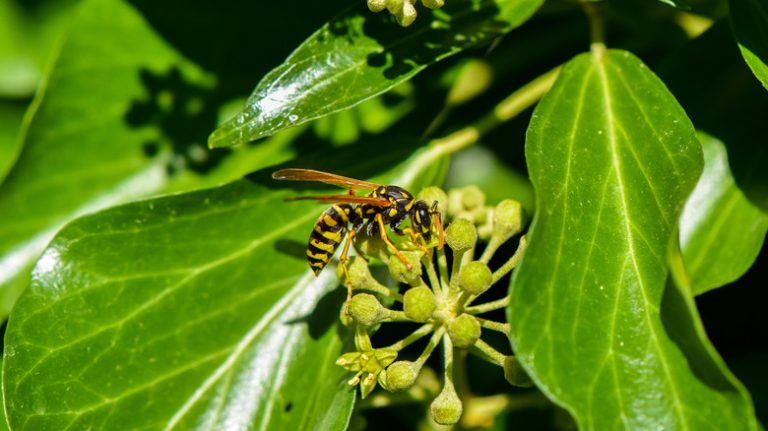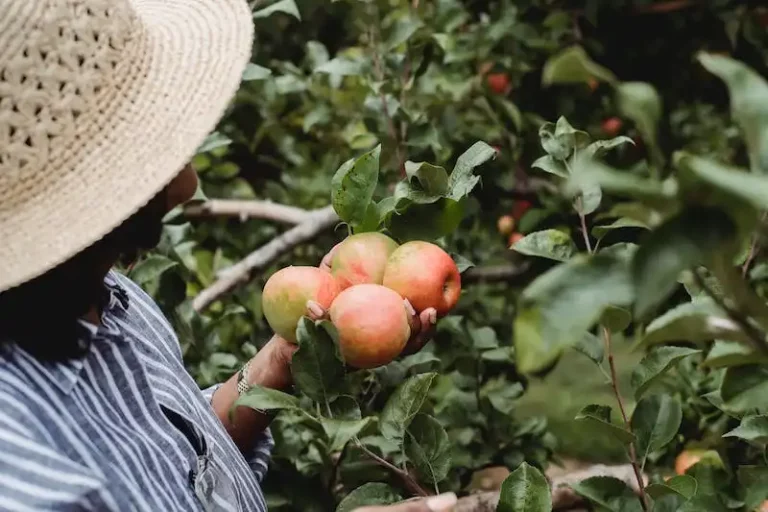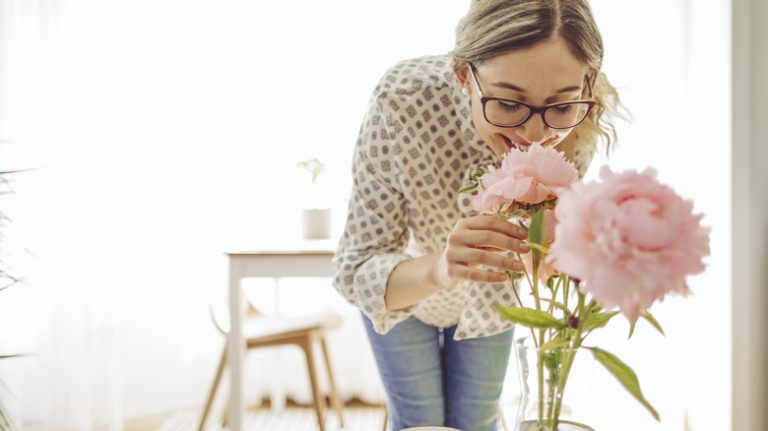Starting a fresh garden in the spring should be exciting, but if your garden looks the same every year, you might find yourself peeping over the fence to steal a little inspiration from your neighbors. Fear not; there are plenty of beyond unique changes coming to gardens in 2024! We hear all about interior design and home trends here at House Digest, but garden trends can be lots of fun too, especially as the world strives toward more sustainable, low-maintenance, and environmentally beneficial gardens. In an exclusive interview with House Digest, Rhonda Kaiser, the founder and content creator behind Southern Home and Farm, let us in on seven gardening trends she predicts will make a big appearance in 2024. In short, her predictions add up to greener, smarter, and more accessible garden spaces — a movement we can all happily get behind.
Kaiser’s Instagram page is an excellent place to gain trend inspiration for your garden, but we decided to speak to the expert herself to get an insider’s opinion on this year’s coolest trends and techniques. Here’s what she had to say about the seven biggest trends and some tips you can use for incorporating them into your own garden space.
1. Native and drought-tolerant plants
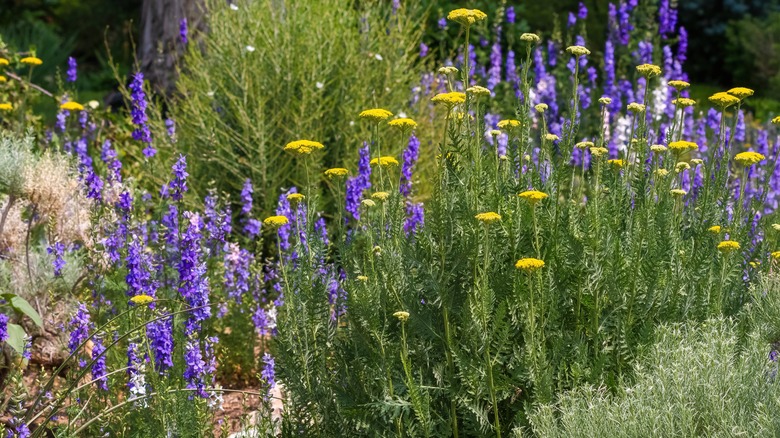
Native plant populations are sadly disappearing, Rhonda Kaiser exclusively told House Digest. But not all is lost; “Gardeners are becoming more in touch with the benefits of growing native plant species, including water conservation and providing a safe habitat for wildlife,” says Kaiser, who believes natural gardens can also be highly rewarding for their gardeners, “To incorporate this design, visit natural environments in your area to observe more about their ecosystem or visit a specialty nursery that has native plant experience in your specific area. The goal here is to duplicate what you see in nature.”
2. Functionality meets aesthetics
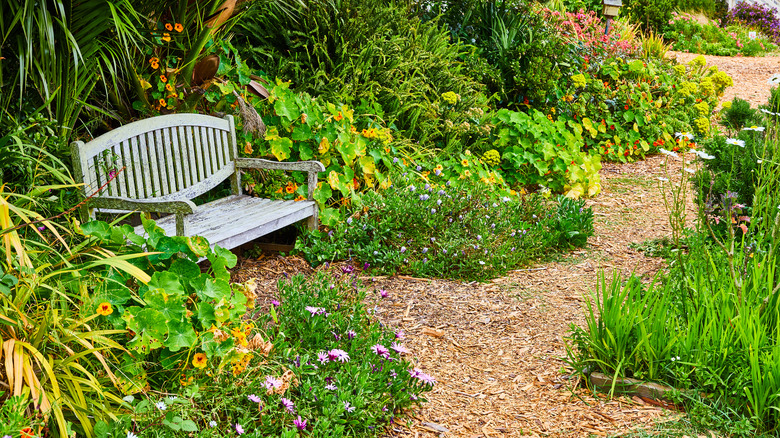
Maintaining a healthy and beautiful garden can take a surprising amount of effort, but once their space is established, many gardeners find comfort and solace in their outdoor refuge. “Gardeners deserve to have a functional and productive garden, as well as an area that turns an ordinary space into a sanctuary,” Rhonda Kaiser exclusively told House Digest, “Incorporating items such as benches, arches, water fountains, wider paths for strolling, etc. are far more inviting and allow gardeners to take more time to sit back, relax and enjoy the fruits of their labor!”
3. Xeriscape landscaping
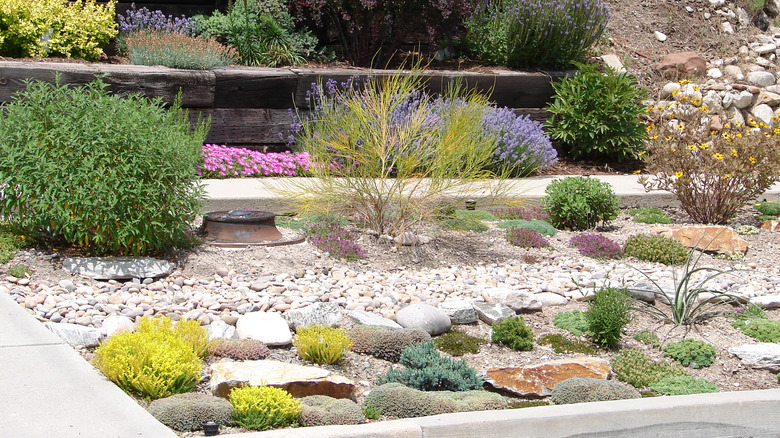
Kathryn Roach/Shutterstock
Struggling to garden in a hot, dry climate? You’re in luck; xeriscaping is another low-maintenance, environmentally friendly gardening trend for 2024. “This style of design uses very little water. It is great for gardeners who want to incorporate native plants, succulents, cacti, and even tropical plants in their garden,” Rhonda Kaiser explained in her exclusive interview, “This design style is often used in warmer climates, where water restrictions are commonplace, especially during the summer months.” Rocks, stones, mulch, and even sand can make effective ground cover in xeriscape gardens, eliminating the need for grass and reducing water evaporation.
4. Pollinator-friendly gardens
Jesse Franks/Shutterstock
Pollinators play a crucial role in the environment, including our in gardens, and pollinator-friendly plants like aster and milkweed are trending. “Native plants are by far the best option for attracting pollinators,” Rhonda Kaiser told House Digest, “Both native plants and pollinators have evolved together to fit specific climate and soil conditions. Planting a pollinator-friendly garden not only adds beauty but is environmentally conscious too!” If you’re not sure what to plant, Kaiser recommends, “Your local county extension service can provide relevant resources on this, as well as many other informative solutions and needs for your specific locality.”
5. Container gardening
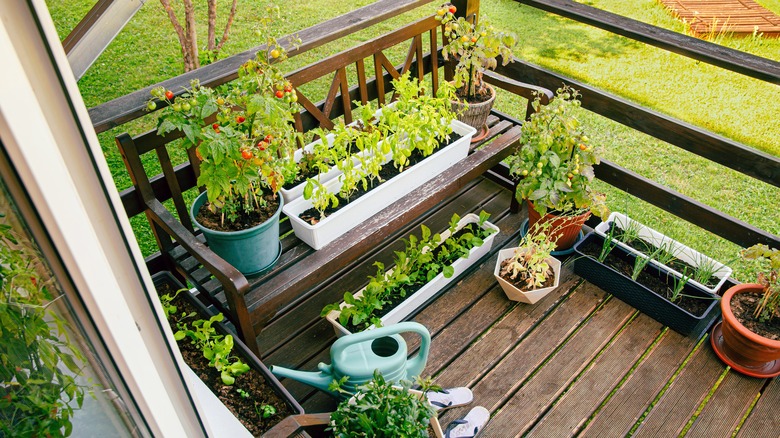
FotoHelin/Shutterstock
Gardens are moving into the city and beyond; container gardens are all the rage, proving that anyone can reap the benefits of a garden, no matter how much space they have. Rhonda Kaiser explains that even established outdoor gardens can incorporate the trend. “Are you looking for a way to utilize space? Try container gardening and think vertical,” she told House Digest in an exclusive interview, “Use items such as bean towers, nets, strings, A-frames, cages, pole supports, obelisks, and trellises to optimize a smaller space. Also, hanging baskets and wall mounting containers are excellent options, too!”
6. The Hügelkultur planting method
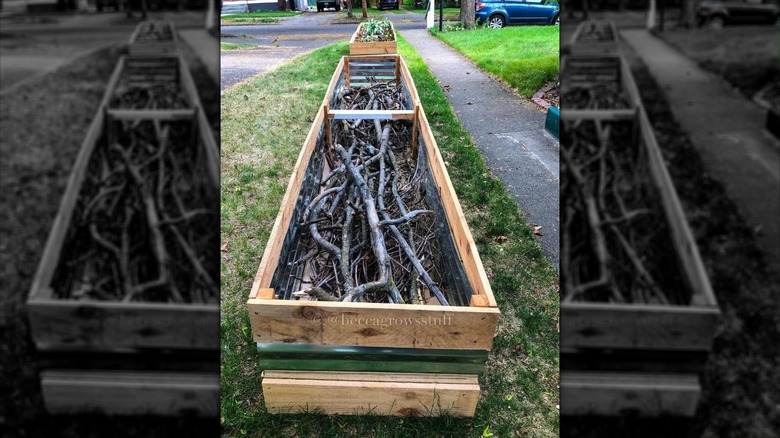
beccagrowsstuff/Instagram
It may sound fancy, but Hügelkultur is really quite simple. “This planting method is a way to layer your bed with organic matter before adding soil,” Kaiser explained in her interview, “The concept utilizes 40% larger piling logs, 20% smaller branches, 25% plant waste, 10% compost, and 5% topsoil (in that order).” Hügelkultur helps to enrich the soil and retain moisture. Kaiser recommends that gardeners “Be creative and have fun with it! I use vintage items as containers, such as my 1940s vintage wringer washing machine filled with succulents!”
7. Sensory gardens with textured and scented plants
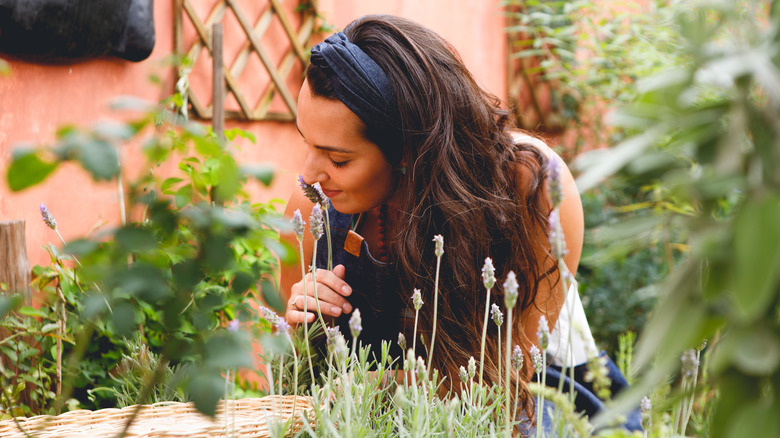
Amanda Caroline Da Silva/Getty Images
“Gardening for individuals with disabilities is more possible than ever before,” Rhonda Kaiser exclusively told House Digest. No matter your age or abilities, sensory-friendly pathways are essential for your outdoor patio garden. For a multisensory experience, Kaiser recommends plants with distinct textures and scents, like lamb’s ear, foxtail fern, lemon balm, lavender, and thyme. Kaiser says, “These are perfect additions to the garden for those individuals who are blind or visually impaired. The utilization of textured plants in the garden provides an easy means of identification without needing to see them.”
